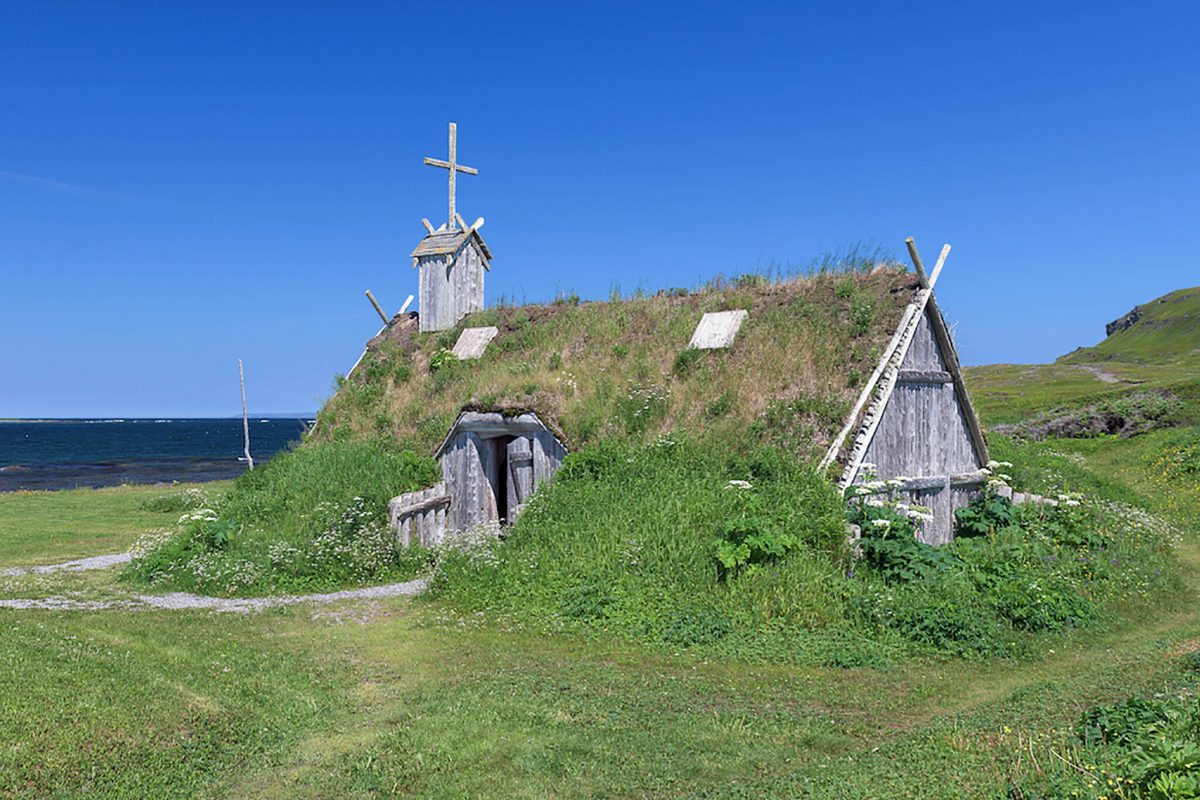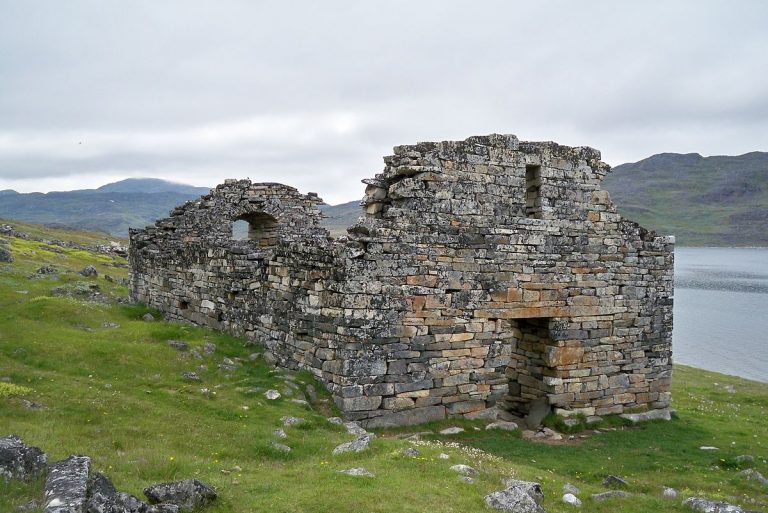The people who lived in the past and how they lived may be learned from archaeological sites. One’s fascination with the artifacts left behind by past civilizations and the riddles that may be solved by studying them can last a whole life.
Archaeological evidence now provides a rich account of Indigenous communities in Canada, their migration throughout the country’s broad territory, and the civilizations they developed. It also describes the advent of the Vikings and the Europeans.
Here are a few articles that might shed light on the people who have called Canada their home throughout history:
Writing-on-Stone Provincial Park (Aden, Alberta)
This location, which was recently declared a UNESCO World Heritage Site, has inscriptions carved into the stone that dates back 4,500 years. The Blackfoot people still honor this location through age-old customs because they revere it as a sacred space.
Head Smashed In Buffalo Jump (Fort MacLeod, Alberta)
This site, which I consider among the most captivating archaeological sites throughout Canada, proves that native hunters have been using the same cliff for over 6,000 years.
According to the legend, a young boy was found dead from a fatal head injury after being crushed by bison that had been driven off the cliff above.
Kejimkujik National Park and National Historic Site (Caledonia, Nova Scotia)
According to experts, there is evidence of ongoing Mi’kmaq habitation at Kejimkujik dating back thousands of years, possibly as far as 6,500.
The main discovery was a set of stone-tipped tools made from the sedimentary rock in the area, which archaeologists think might have been produced on-site.
L’Anse aux Meadows (Saint Lunaire-Griquet, Newfoundland and Labrador)
Pre-Columbian trans-oceanic contact can be seen at this site. These remains, which date to around 1000 years ago, include some archaeological artifacts and tell the tale of the arrival of the Norse people, who resided in Newfoundland and left behind household items like knitting needles, pins, and stone oil lamps.
Red Bay (Red Bay, Newfoundland, and Labrador)
Basque fishermen arrived in Labrador’s Red Bay about 500 years ago and built an enormous whaling station there. They removed the fat, converted it into lamp oil, and sold it to Europeans, especially the English.
Shipwrecks, casks, and navigational tools are some of the archeological remnants of this European occurrence in Canada.





+ There are no comments
Add yours